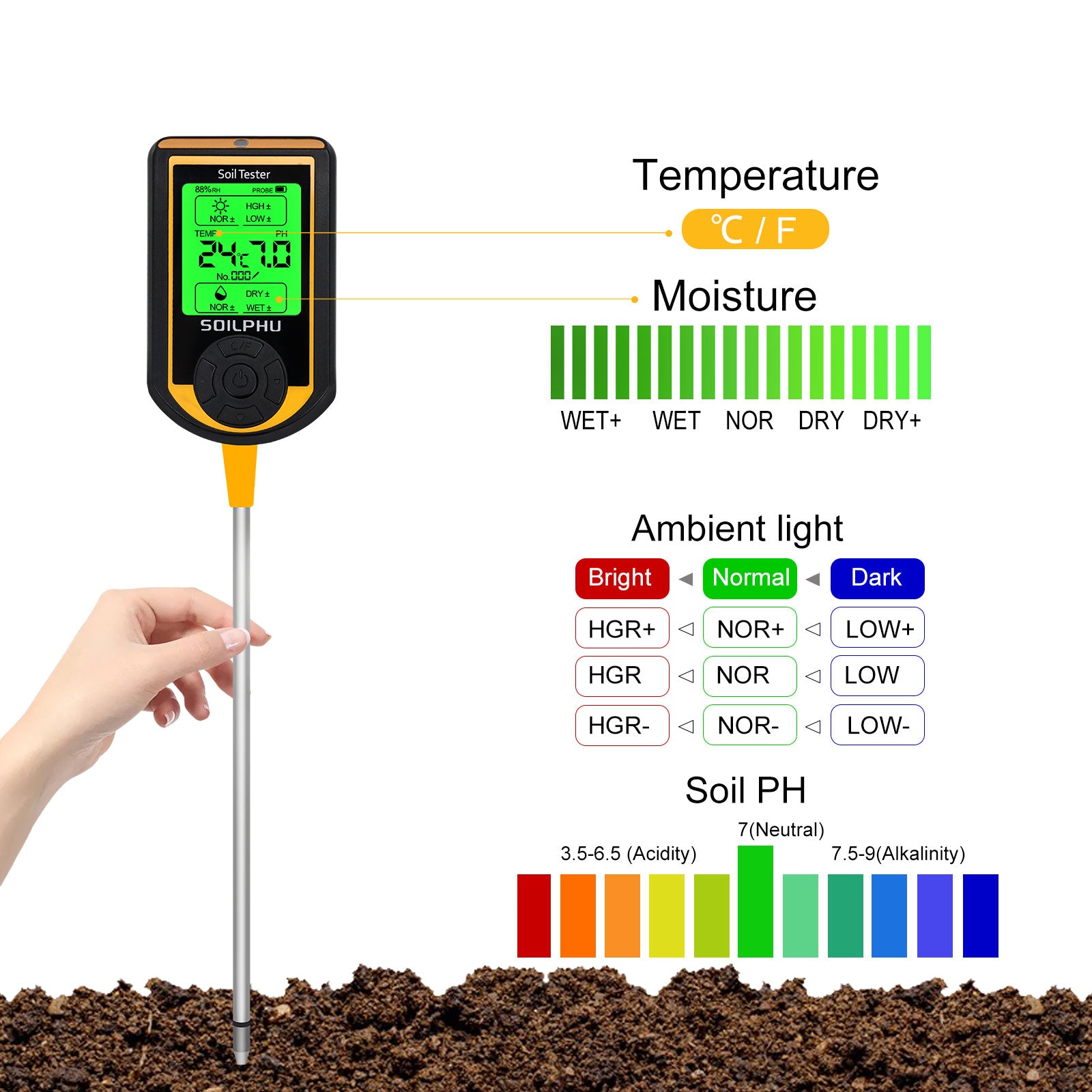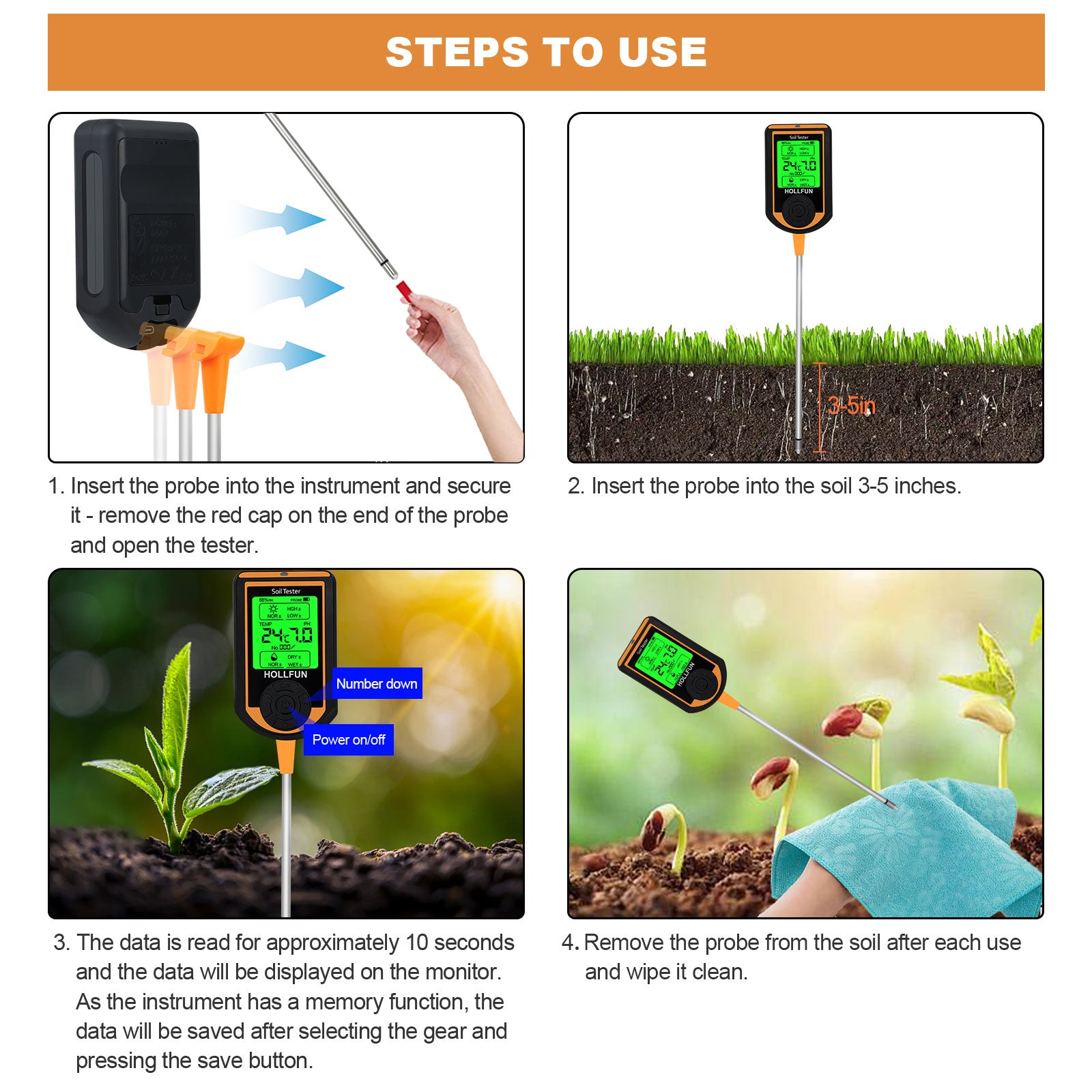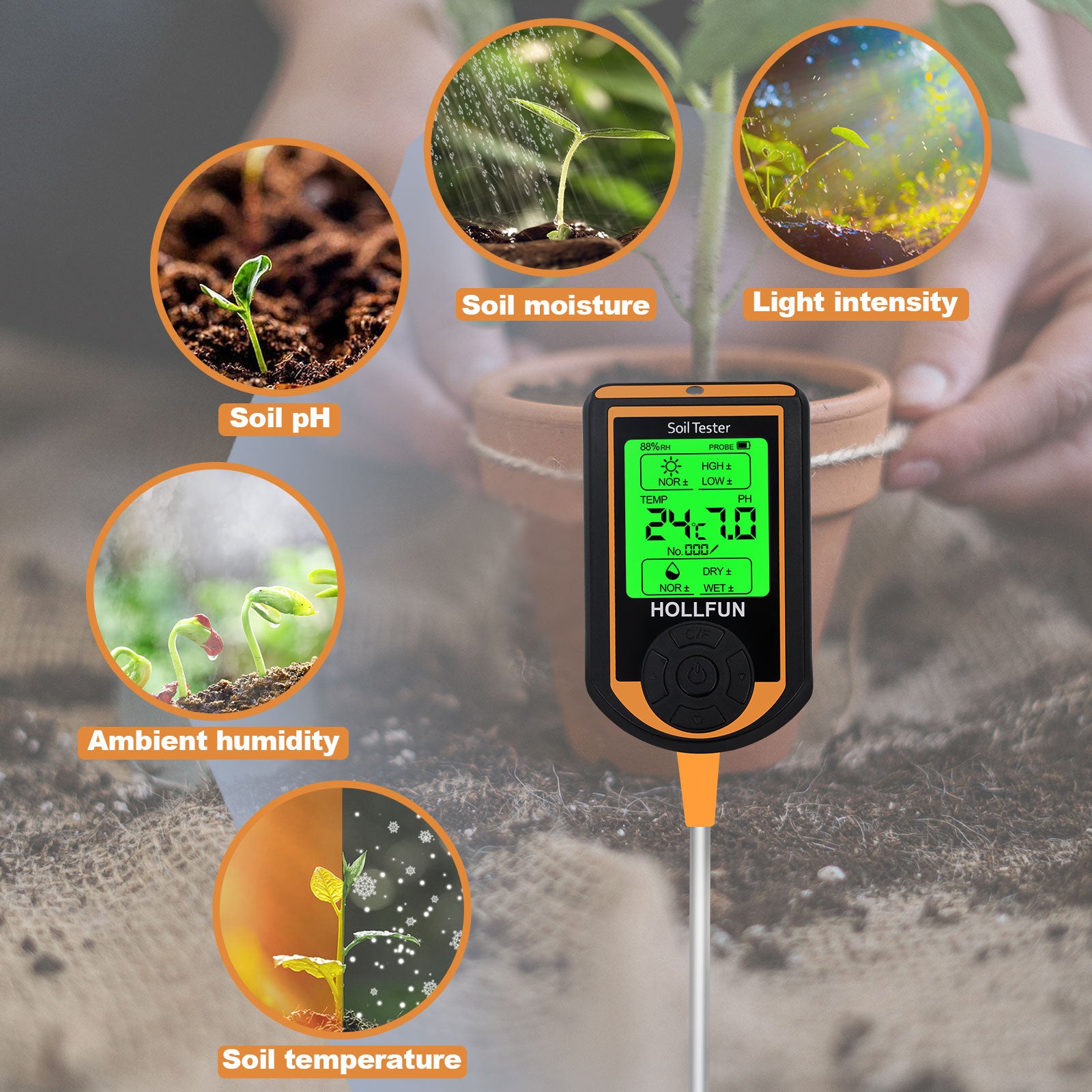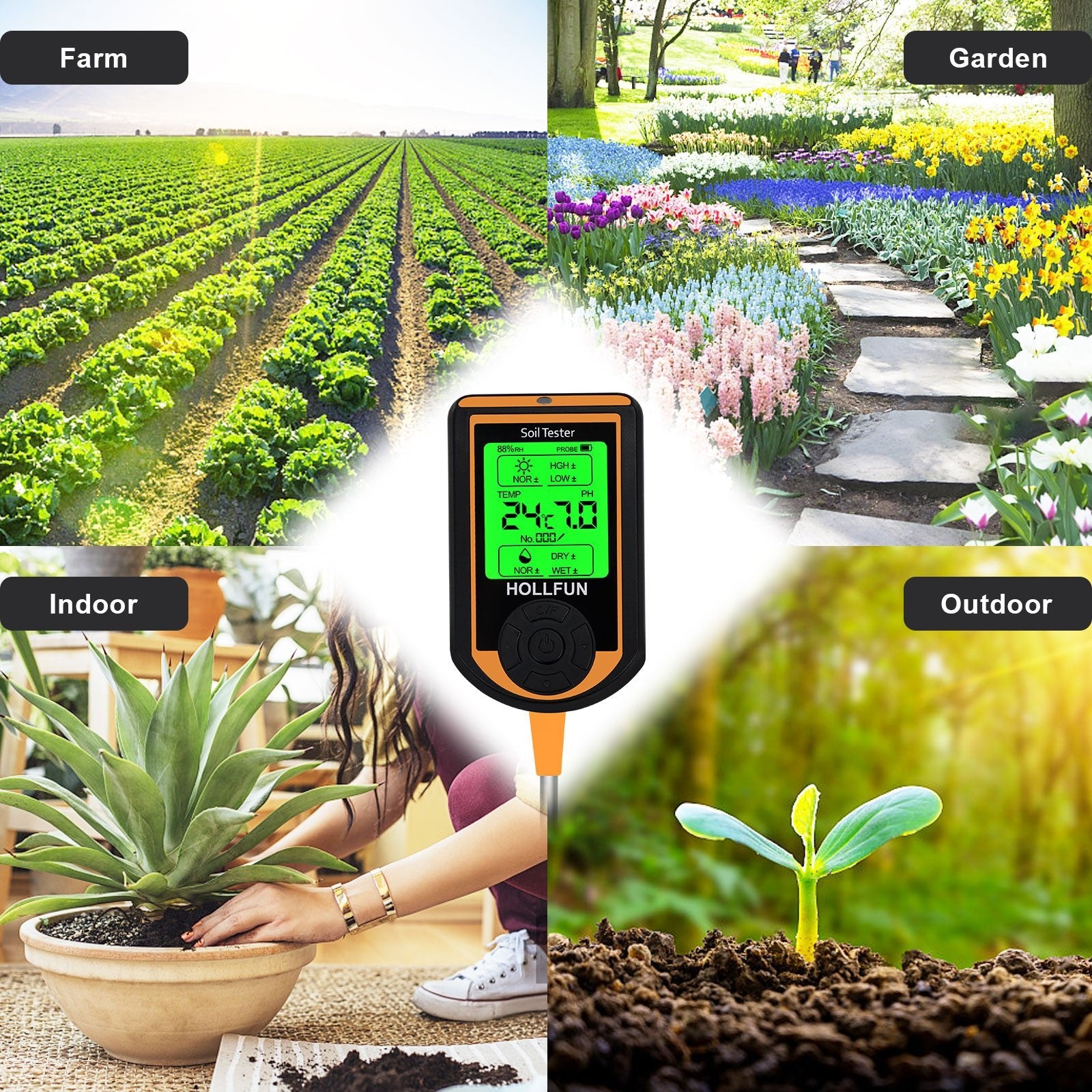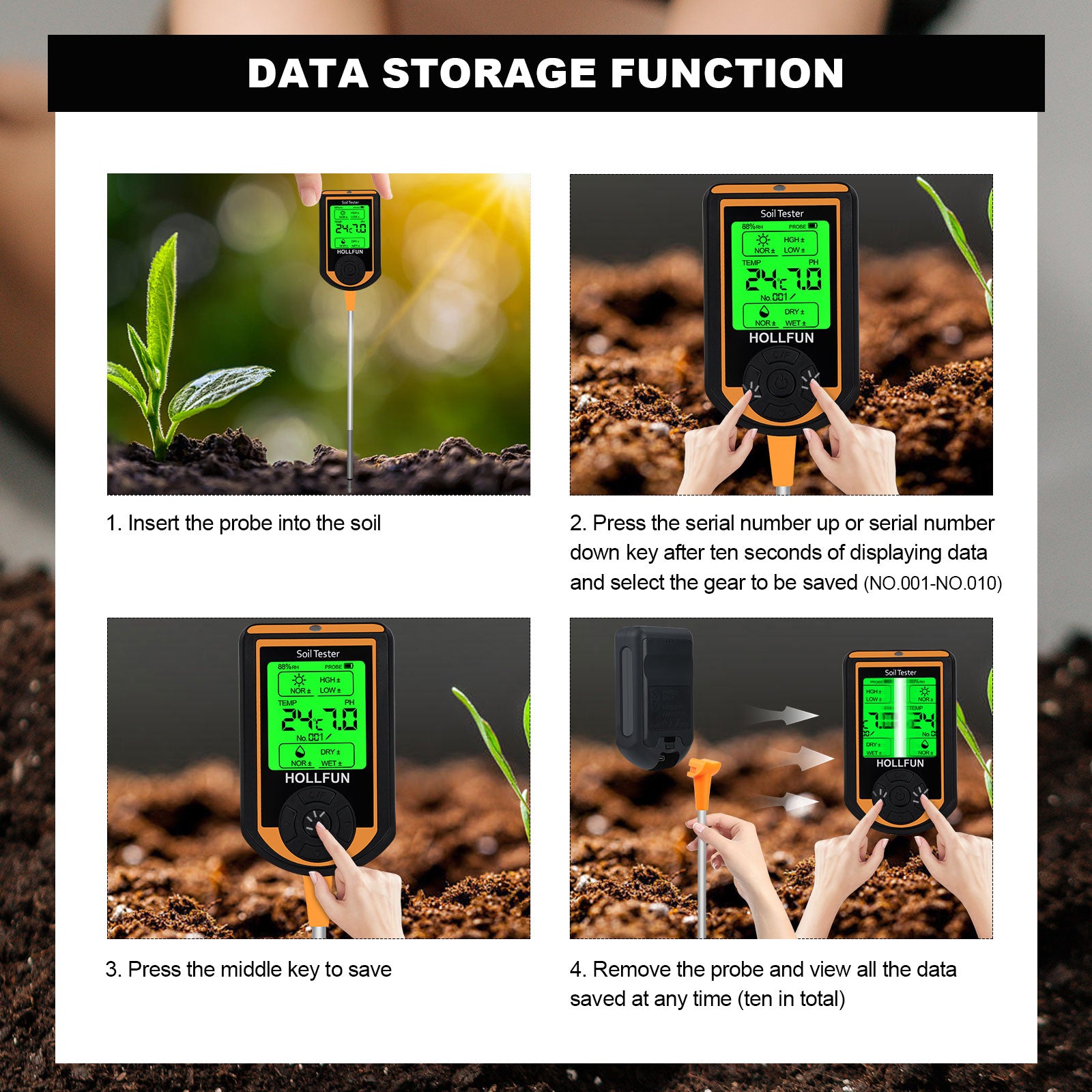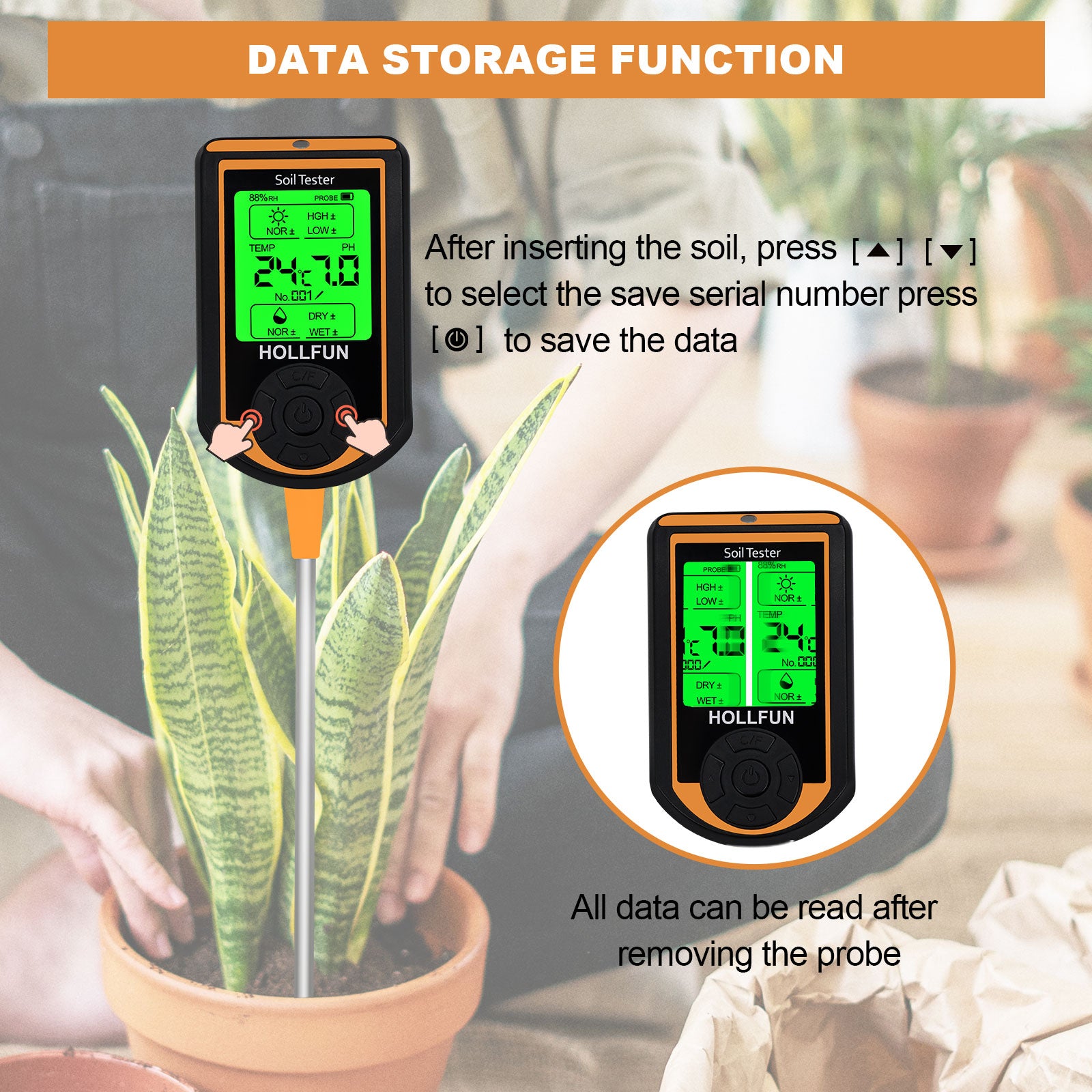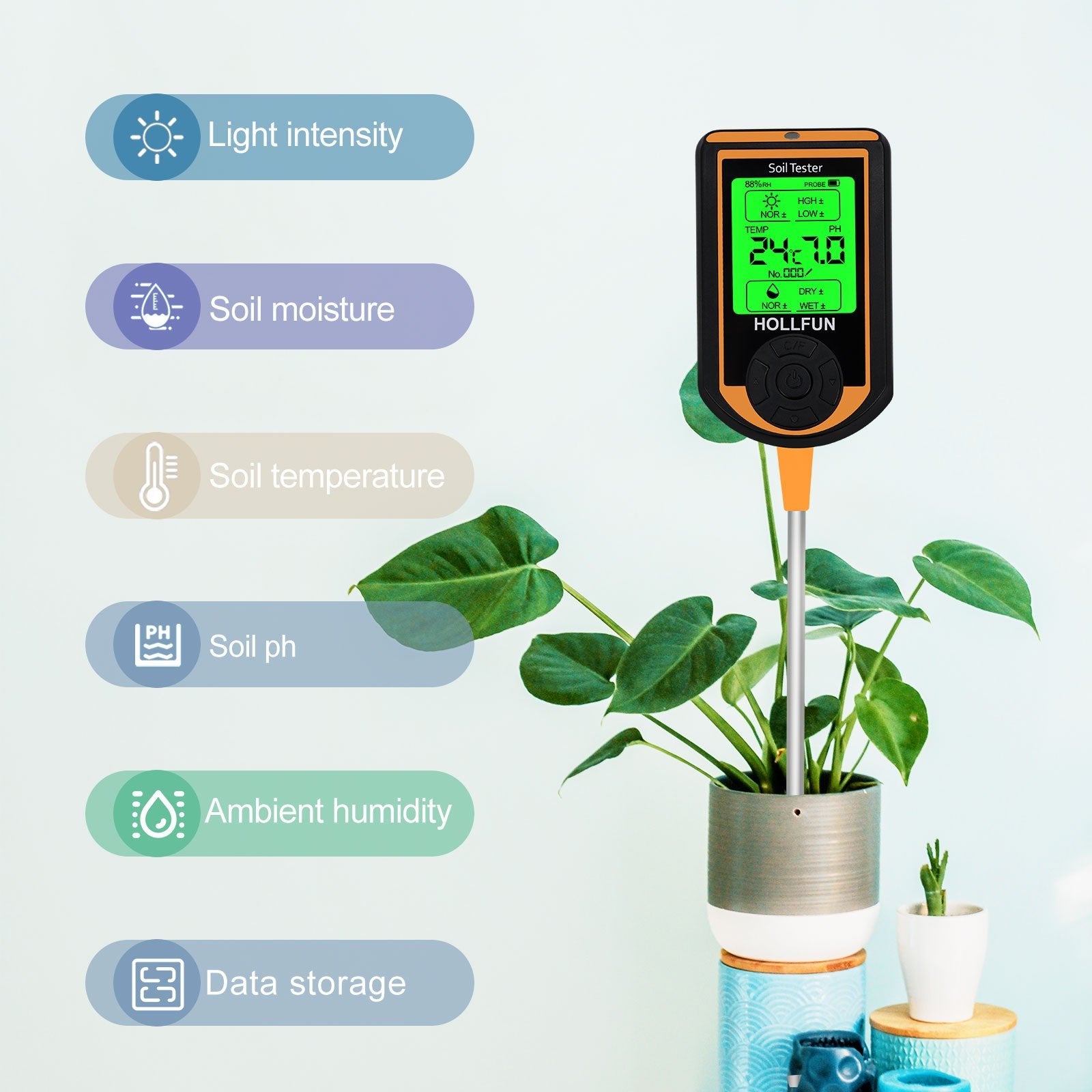In the previous section, we provided an overview of soil mixing, and the importance of potting soil is self-evident. Many gardening enthusiasts are eager to try, but for the first attempt, they may hesitate to mix the soil.
Most flower lovers prefer buying seedlings directly instead of sowing seeds. Let's start discussing soil mixing from the moment they bring home seedlings.
Seedlings → Transplanting into Small Pots
The root growth of seedlings is restricted, and they need to be transplanted into larger pots to continue growing. However, it's not advisable to directly transfer them into excessively large pots, as it can lead to overwatering and root rot. Therefore, transplant them into 5-10 cm small pots.
Soil mix for transplanting:
Transplanting → Final Planting
Final planting involves placing the grass flowers in their permanent location. After this, the plants will grow in the same pot for an extended period, requiring a larger container (15-25 cm). Due to the large number of leaves on grass flowers and their high evaporation rate, it's essential to ensure adequate water and fertilizer retention. However, since they have numerous fine roots, it's necessary to enhance drainage and aeration by adding granules to the potting soil.
Soil mix for final planting:
For home care after final planting, grass flowers are generally kept outdoors. Let's discuss this by categorizing the care needs:
Rough understanding of grass flowers
- Grass flowers have a low and sprawling growth habit, with soft stems and almost no woody branches.
- Grass flowers can be annual or biennial, as well as perennial. In winter, the above-ground parts may die, and in the next spring, they regrow from seeds or surviving roots.
- Most grass flowers grow rapidly during their growth period. They produce a large number of leaves for photosynthesis, requiring ample water and fertilizer. After accumulating enough energy, they bloom abundantly.
- The root systems of most grass flowers have numerous fine roots, making them neither drought-tolerant nor waterlogged.
- Example varieties include Nasturtium, Begonia, Tricolor Pansy, Carnation, Medal Chrysanthemum, and Marguerite.
Most flower lovers prefer buying seedlings directly instead of sowing seeds. Let's start discussing soil mixing from the moment they bring home seedlings.
Seedlings → Transplanting into Small Pots
The root growth of seedlings is restricted, and they need to be transplanted into larger pots to continue growing. However, it's not advisable to directly transfer them into excessively large pots, as it can lead to overwatering and root rot. Therefore, transplant them into 5-10 cm small pots.
Soil mix for transplanting:
- Casual version: Peat moss 60%, Coconut coir 40%
- Upgraded version: Peat moss 60%, Coconut coir 20%, Vermiculite 20%
- Luxury version: Peat moss 50%, Coconut coir 20%, Vermiculite 10%, Perlite 10%, Rice husk charcoal 10%
Transplanting → Final Planting
Final planting involves placing the grass flowers in their permanent location. After this, the plants will grow in the same pot for an extended period, requiring a larger container (15-25 cm). Due to the large number of leaves on grass flowers and their high evaporation rate, it's essential to ensure adequate water and fertilizer retention. However, since they have numerous fine roots, it's necessary to enhance drainage and aeration by adding granules to the potting soil.
Soil mix for final planting:
- Casual version: Peat moss 70%, Perlite 30%
- Upgraded version: Peat moss 60%, Coconut coir 20%, Perlite 20%
- Luxury version: Peat moss 40%, Coconut coir 20%, Perlite 20%, Granules soil 10%, Rice husk charcoal 10%
- Add appropriate base fertilizer at the bottom during repotting, and liquid fertilizer when watering is preferable.
For home care after final planting, grass flowers are generally kept outdoors. Let's discuss this by categorizing the care needs:
- Balcony: No need to adjust the soil mix ratio.
- Sheltered Balcony: Reduce the proportion of peat moss and increase the proportions of coconut coir, perlite, and granules.



